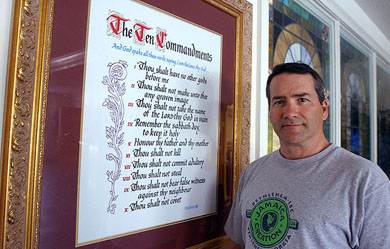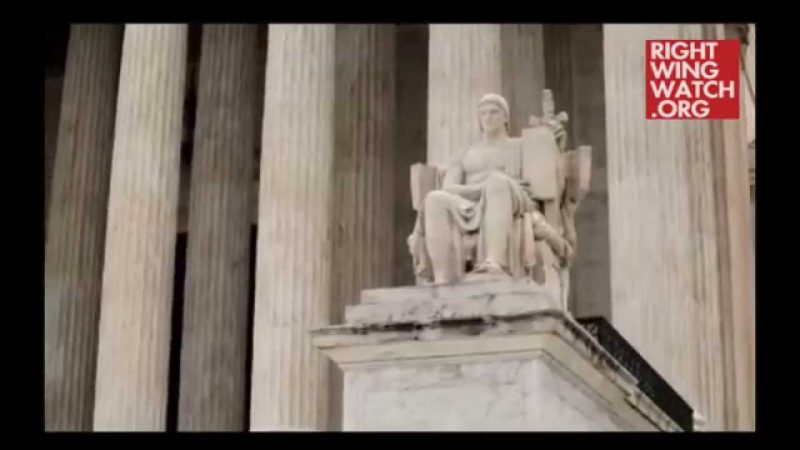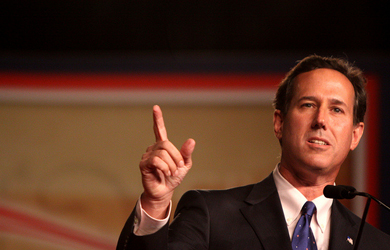On Monday, Janet Parshall hosted David Barton to use Martin Luther King Jr. Day as an opportunity for Barton to spew his right-wing reading of U.S. history and the Constitution. While Barton does not have degrees in history or law, he claimed that the theory of evolution was responsible for the Supreme Court’s ruling in Everson v. Board of Education, which found that the First Amendment’s Establishment Clause applies to the states because it was incorporated by the Fourteenth Amendment — because it led to legal positivism.
As Barton explains, law students who learned about the theory of evolution, which he objects to since he believes the Founders settled “the entire debate on creation and evolution” and opposed the theory, consequently believed that the Constitution should evolve, and in turn made the Establishment Clause apply to the states. Barton has consistently opposed the Supreme Court’s definition of the Establishment Clause and its application to states and localities, even going as so far to tell Jon Stewart that he believes cities can even implement Sharia law, although he later denied saying it.
Barton: This may sound weird but it was the theory of evolution, we think it’s a science debate it is not, if you apply the theory of evolution to law you say, ‘wait a minute we can’t be bound by a two hundred year old document, we’ve evolved past that, what we need to have is an evolving document that meets the needs of society today and who best to evolve the document but judges, they’re the ones who deal with the law,’ so we got into this thing of what’s called legal positivism or evolutionary law, living constitution, and we started teaching that in the law schools in the 1920s. Take kids in the law schools in the 20s and, get this, they’re now in legal practice in the ’30s and now in the ’40s they’re adults with twenty years under their belt and they get appointed to the US Supreme Court and so in ’47 they simply implemented what they’ve been taught in law school twenty-five years earlier.








